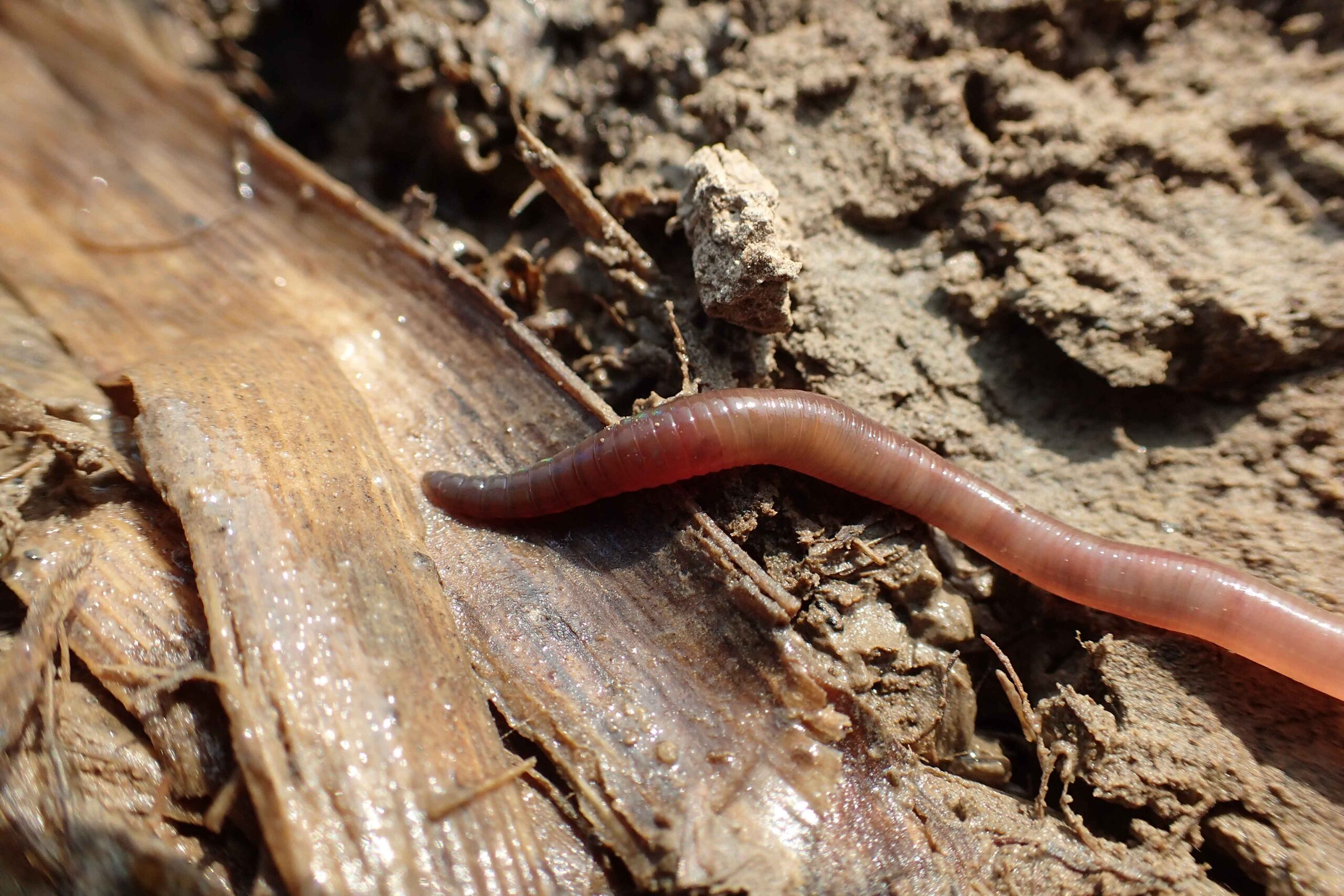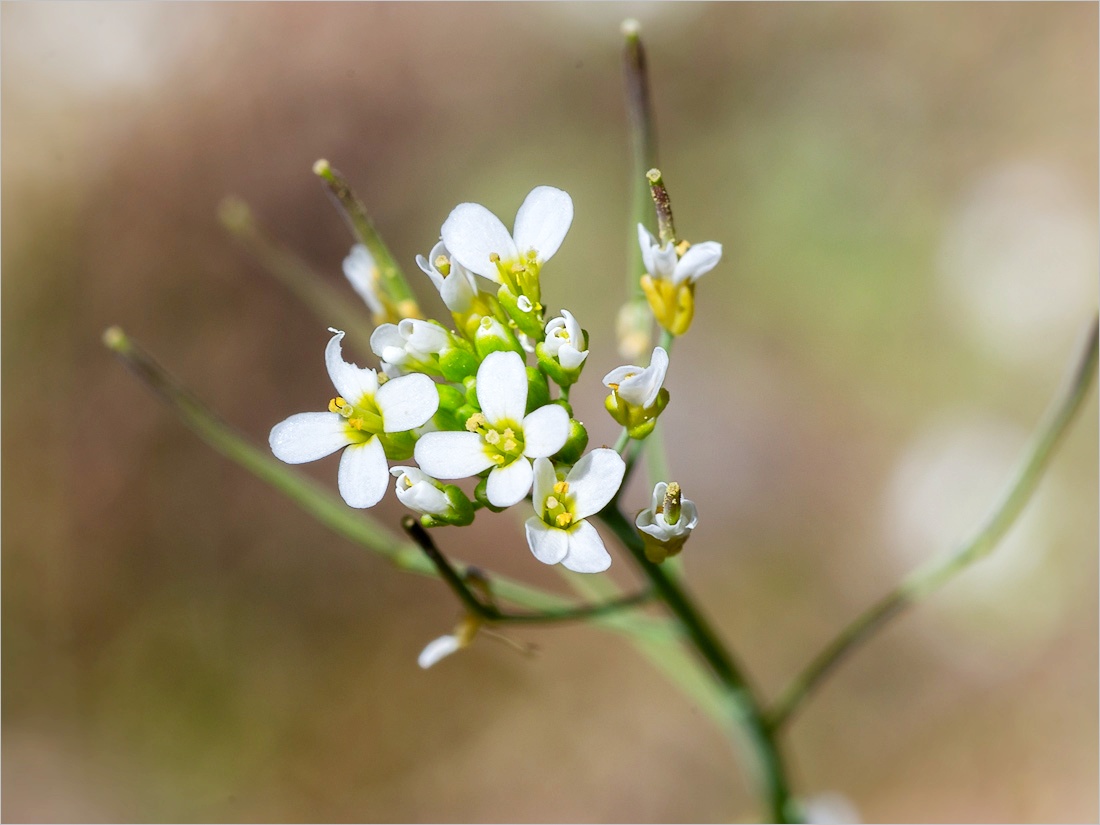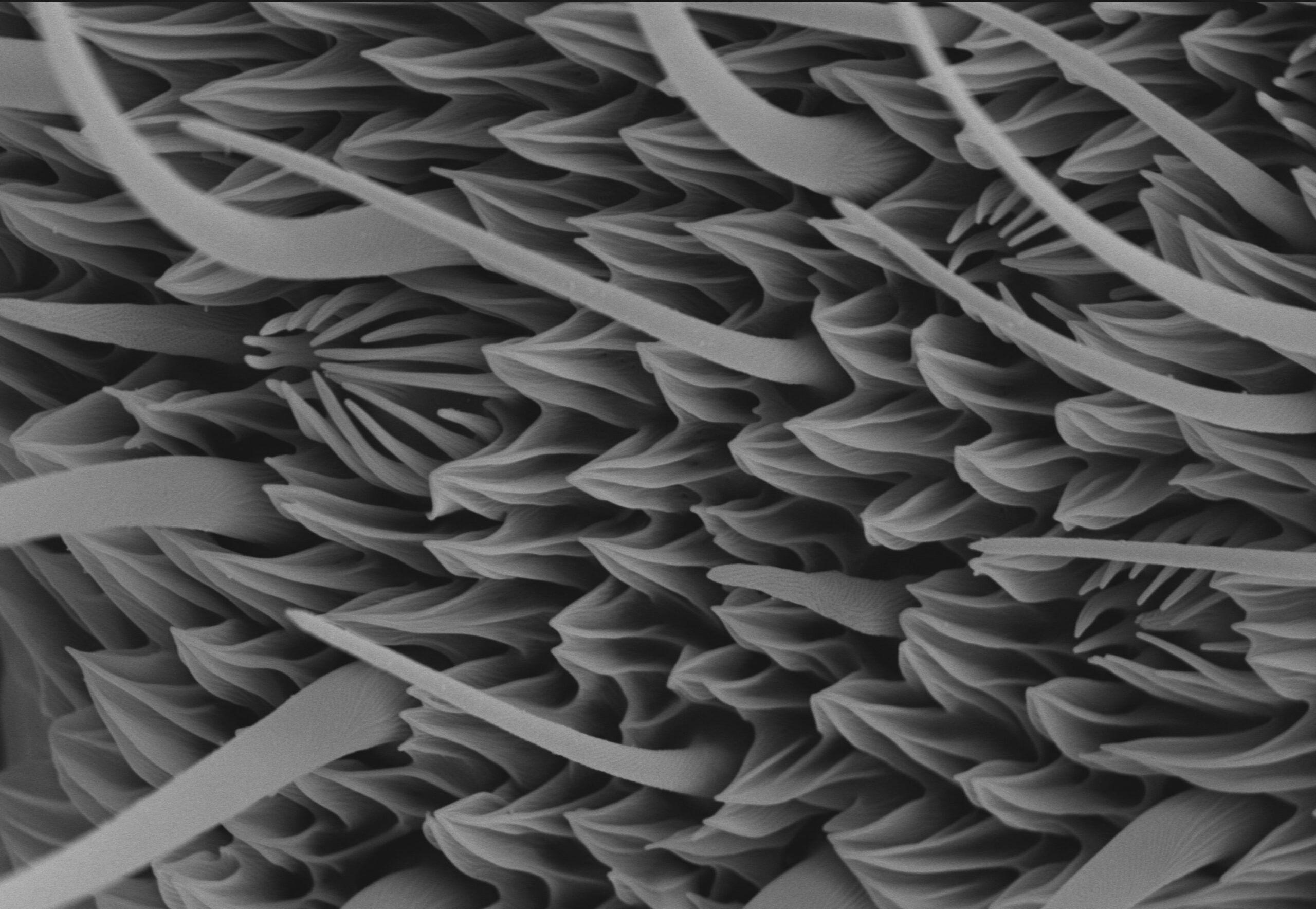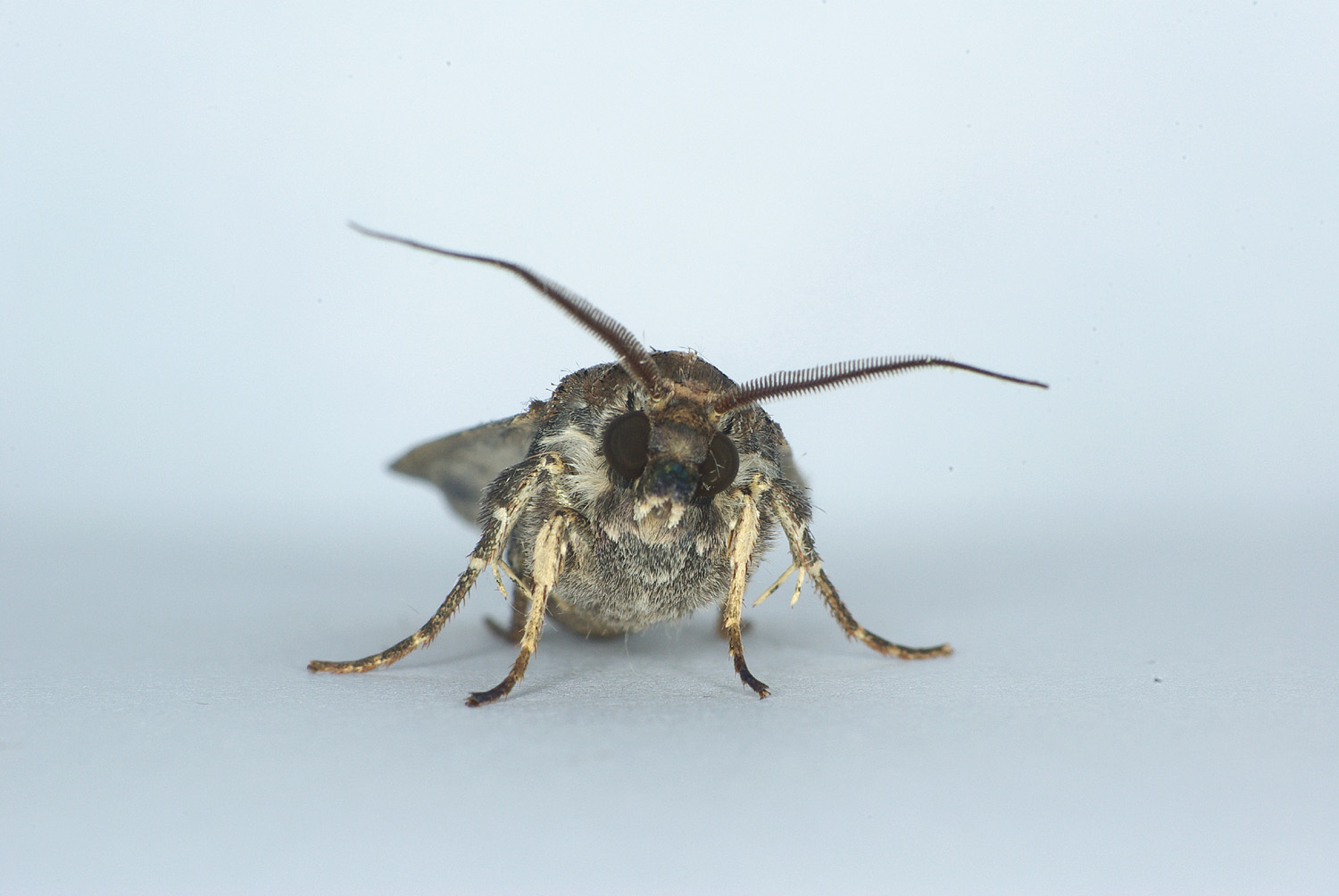Soil carbon persistence can be understood through the lens of decomposers as a result of functional complexity derived from the interplay between spatial and temporal variation of molecular diversity and composition. For example, co-location alone can determine whether a molecule is decomposed, with rapid changes in moisture leading to transport of organic matter and constraining the fitness of the microbial community, while greater molecular diversity may increase the metabolic demand of, and thus potentially limit, decomposition.
Lire la suite / Read more
2 Youtube channels were created during the confinement by Christian Peeters, DR CNRS. Secrets of ants Ant Life Secrets of ants Ant Life
Lire la suite / Read more
Scientists from the CNRS, Université de Lorraine, and Inrae have developed the first cable-driven robot that can follow and interact with free-flying insects.
Lire la suite / Read more
Smaller organisms are typically more abundant than larger ones, which is a fundamental characteristic of ecological communities. How environmental pulse disturbances affect these « abundance pyramids » remains poorly understood. In a study recently published in Ecology Letters, researchers from iEES Paris and the University of Zürich showed that disturbances which are not size-selective still […]
Lire la suite / Read more
Team news Team publications Team members Google traduction du contenu Français The skills gathered in this team relate to the analysis of spatial and temporal variability, as well as the physical properties of tropical soils, by approaches of soil science, geophysics and remote sensing: evaluation on long-term observatories of the impacts of land uses, particularly […]
Lire la suite / Read more
Team news Team publications Team members The main objective of the FEST team is to better understand the interactions between biological actors and the abiotic properties of soils, and the impact of these interactions on the resulting ecosystem services. In particular, we study the influence of soil engineers (especially earthworms, termites and microbial activity) and […]
Lire la suite / Read more
Team news Team publications Team members Google traduction de la version française The Molecular Ecophysiology of the plant under stress (EcoPhyS) team is studying the responses of plants to environmental constraints by developing an integrative approach to the study of the response to environmental constraints, of plants whole (gas exchange, biomass production, yield) down to […]
Lire la suite / Read more
Team news Team publications Team members Drought, salinity and pollution can have serious negative consequences on crop productivity and the distribution of wild species. With global climate change and an increasing world population, it is even more urgent to understand how these stresses affect plant growth. The aim of our research is to understand the […]
Lire la suite / Read more
Team news Team publications Team members Our experimental and modelling studies aim at understanding the mechanisms involved in the recognition of the olfactory signal and its translation in a behavioural response adapted to the environment and the physiological state of insects.These studies concern the processes of sensory coding, from the chemo-electrical transduction in the olfactory receptor […]
Lire la suite / Read more
Team news Team publications Team members The team investigates the mechanisms of olfactory and gustatory reception in the peripheral sensory systems and their plasticity in a changing biotic and abiotic environment.We take into account the evolutionary, adaptive and ecophysiological / ecotoxicological contexts. Our questions are : What are the chemical landscapes the insects leave in ? […]
Lire la suite / Read more









